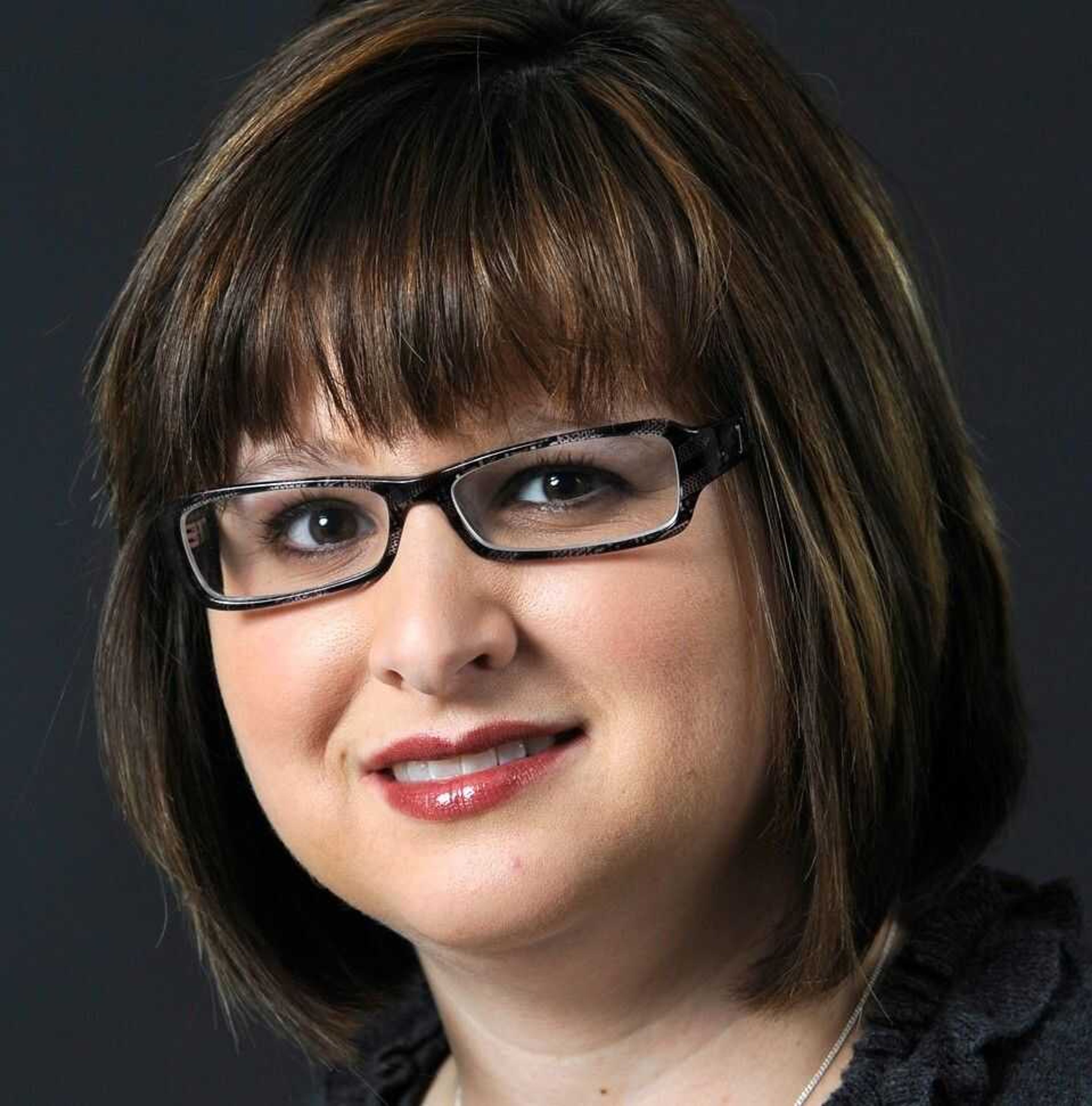Bill would change Missouri to several liability state
State business leaders want to change the way damages are calculated in civil liability cases, something they say will help Missouri attract and retain businesses. "This is a global economy. We're competing for headquarters and production facilities with other nations that are not as litigious as America is," said Rich AuBuchon general counsel for the Missouri Chamber of Commerce and Industry. ...
State business leaders want to change the way damages are calculated in civil liability cases, something they say will help Missouri attract and retain businesses.
"This is a global economy. We're competing for headquarters and production facilities with other nations that are not as litigious as America is," said Rich AuBuchon general counsel for the Missouri Chamber of Commerce and Industry. "We're just asking for a better business climate to allow businesses to expand without the threat of unwarranted litigation."
Moving Missouri to a pure several liability system is one of six priorities identified by the Missouri Chamber of Commerce and Industry in its Fix the Six legislative agenda to promote economic development.
House Bill 364 would change Missouri to a pure several liability state, where defendants in cases would only be held liable for the amount of damages equal to their percentage of fault. Currently, if one defendant is found 51 percent liable, he, she or the company could be held responsible for paying all of the damages.
"If a company is held liable for the full amount of damages, including those of other defendants, that company may not expand or feel as if it's a wise investment to hire new employees or develop new products," AuBuchon said.
Imagine this: a car approaches an intersection with a green light. The driver of the car sees another car has run a red light and is heading toward him. The first driver tries to stop, but his brakes are faulty. He can't stop in time, and the other car crashes into his. A jury could find both the brake manufacturer and the driver of the car that ran the red light liable for causing the accident, said John Cook, an attorney with Cook, Barkett, Ponder & Wolz. Under Missouri's current modified joint and several liability law, if the brake manufacturer was found 51 percent liable and the driver of the car was found 49 percent liable but had no insurance, the brake manufacturer would pay all of the damages, Cook said.
Cook's firm represents plaintiffs in personal injury, products liability and medical malpractice cases.
Cases involving car accidents are where joint and several liability come up most often, said Sharon Jones, director of government relations with the Missouri Association of Trial Attorneys. Products liability cases are another area where multiple companies are often found at fault, she said.
"To a business, pure several liability limits their exposure on a verdict to the amount of fault a jury found them to be responsible for. In some ways, that seems fair," said Adam Hanna, an attorney with Bradshaw, Steele, Cochrane & Berens in Cape Girardeau. His firm does defense work in these types of cases, he said.
"From a plaintiff's perspective, joint and several liability is a good deal," Hanna said. "If you have one defendant who has deep pockets or an insurance policy, you can go for the full judgment amount against one person."
For Jones, joint and several liability is an issue of fairness.
"It's unfair when there has been damage caused to force the victim to pay for it," he said. "That's what this bill does. It puts the burden back on the person who is not the one who caused the damage."
Some of Missouri's neighboring states have changed their laws to move toward a pure several liability system like the one in House Bill 346, sponsored by Mark Parkinson, R-St. Charles.
Arkansas, Kentucky and Tennessee have pure several liability. Iowa's laws are the same as Missouri's current laws. Illinois has a pure joint and several liability system, where any defendant can be responsible for any amount of the judgment.
Joint and several liability has been the law in Missouri since the state was formed and only in recent years has there been a push to change it, Cook said.
"Unlimited corporate money has bought a lot of corporate protection at the expense of innocent people, but that doesn't mean they should buy Missouri," he said.
As part of a sweeping tort reform measure in 2005, Missouri's joint and several liability statue was modified to hold parties liable for the entire cost if found to be 51 percent or more at fault in the case.
At that time the Chamber pushed for pure several liability, just as they are doing now, but a compromise was reached instead, AuBuchon said. House Bill 346 passed out of the House Rules committee and is on the House calendar.
In addition to changing the way damages are figured, the bill also allows juries to assign fault to parties not involved in the litigation.
Allowing the "Empty Chair Defense" could reduce the judgments plaintiffs receive, Jones said.
"Any fault you assign to a defendant who is not in the room, you are not going to be able to collect," he said.
mmiller@semissourian.com
388-3646
Pertinent address:
715 N. Clark St., Cape Girardeau, MO
3113 Independence St., Cape Girardeau, MO
Connect with the Southeast Missourian Newsroom:
For corrections to this story or other insights for the editor, click here. To submit a letter to the editor, click here. To learn about the Southeast Missourian’s AI Policy, click here.









